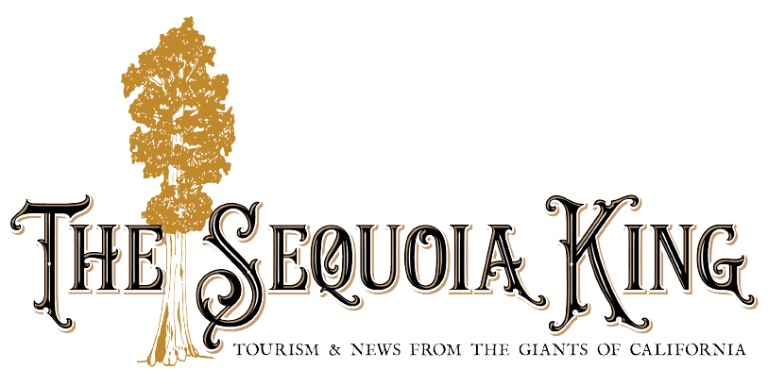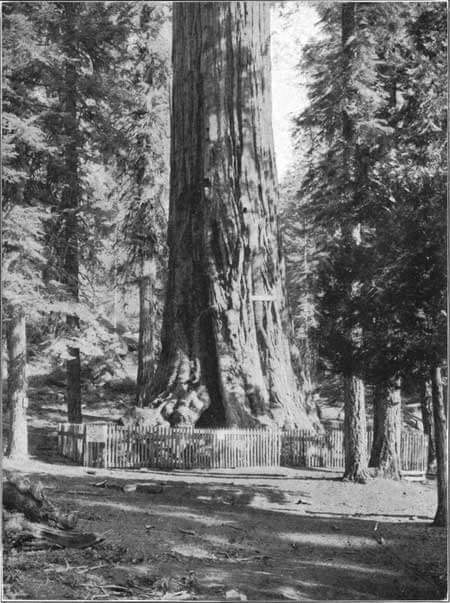Using Fire History to Inform Present Day Management

As part of the Fueling Collaboration Panel Discussion Series, this webinar on fire history looks to be a great event to attend online.
Can understanding historical fire data provide insights for supporting today’s desired ecological outcomes? This panel will discuss their work and your questions on this topic in an upcoming webinar. Visit their site for updates, resources, and eventually the recording of this discussion.
Plan to watch this webinar, ‘Using Fire History to Inform Present Day Management’
On November 19, 2020 12-1:30 pm ET
This discussion has been approved for 1.5 Category 1 CEU’s by the Society of American Foresters.
Moderator Andrea Brandon
Andrea is the Science Delivery Specialist for the Northern Research Station. Her focus is on improving communications and knowledge exchange between the scientific and natural resource management communities. She is highly interested in working with researchers to synthesize science findings, develop tools and resources, and provide useable research results for foresters, fire managers, and natural resource professionals. Prior to joining the USFS, Andrea worked for the Nature Conservancy.
Dan Dey
Dr. Dey is a Project Leader/Research Forester for the US Forest Service Northern Research Station in Columbia, MO. Dan researches eastern forests through documenting fire history and studies on fire ecology and silviculture to sustain fire dependent forests and restore oak-pine woodlands and savannas. Previously, he was a researcher for the Ontario Ministry of Natural Resources and the Missouri Dept. of Conservation and a forester on the Tongass and Nez Perce National Forests.
Michael Stambaugh
Dr. Michael Stambaugh is an Associate Research Professor at the University of Missouri, School of Natural Resources. Using tree rings, he and colleagues have documented historical fire regimes and changes to forests across 22 eastern U.S. states and extending back in time over hundreds of years. These records provide diverse examples of how fires have influence forests in the past, information which can guide how fire management and silvicultural systems can be integrated in the future.
Melissa Thomas-Van Gundy
Melissa Thomas-Van Gundy is a research forester with the Northern Research Station in Parsons, WV. Her current work involves using fire at site (silvicultural tool) and landscape (ecological disturbance) scales. Past experience as a forester and ecologist on the Monongahela National Forest drives many of her research questions.
Kyle Steele
Kyle is the Forest Ecologist for the Mark Twain National Forest in southern Missouri. Kyle works with other National Forest staff, partner agencies, and Universities to study and communicate ecological information to District staff making on-the-ground management decisions. Fire history, soil and ecosystem mapping, and plant community monitoring are three ongoing projects Kyle is currently working on.




